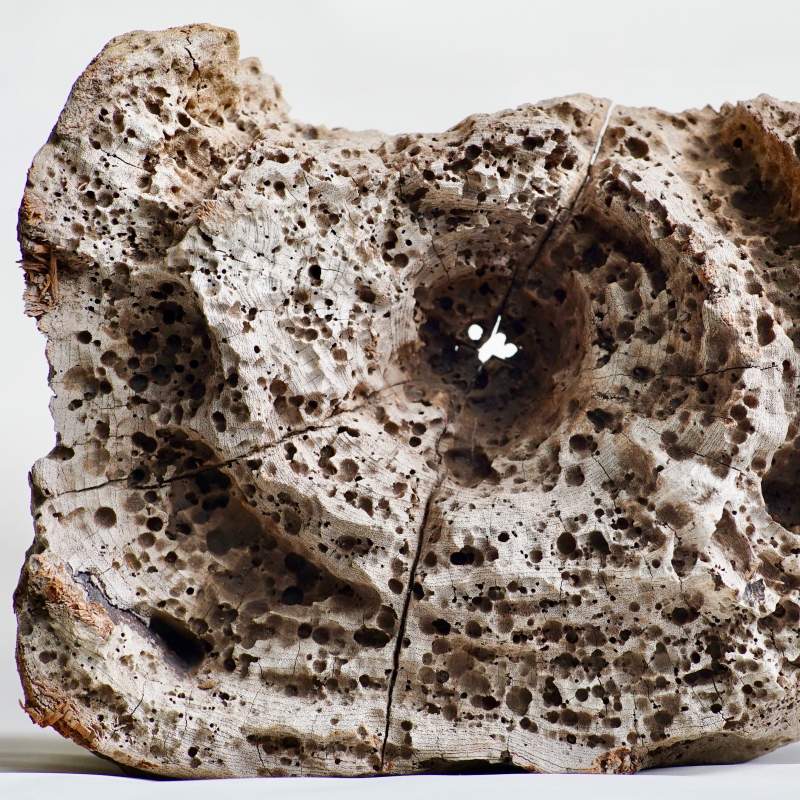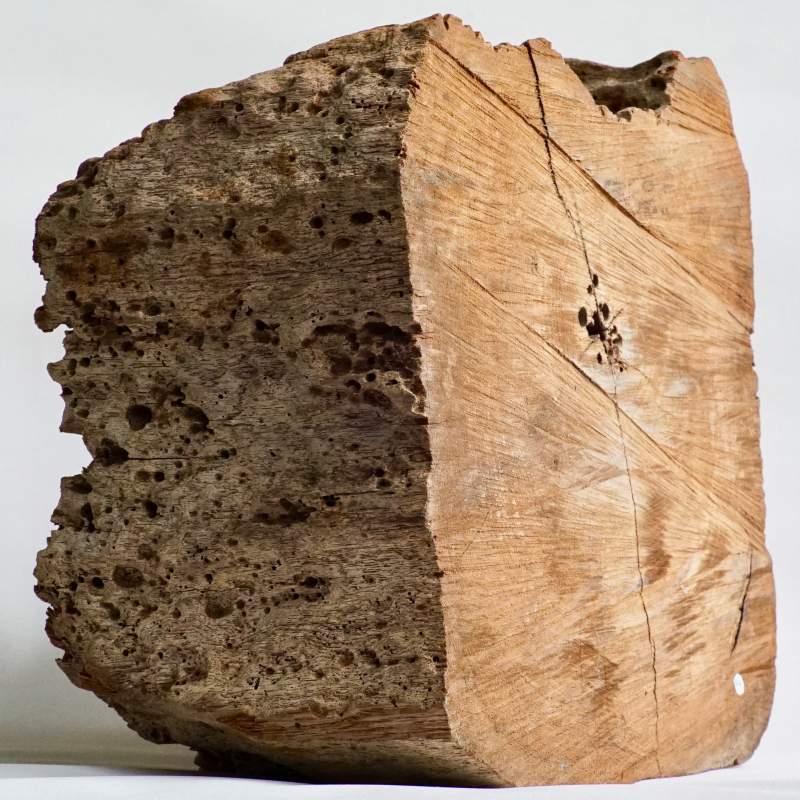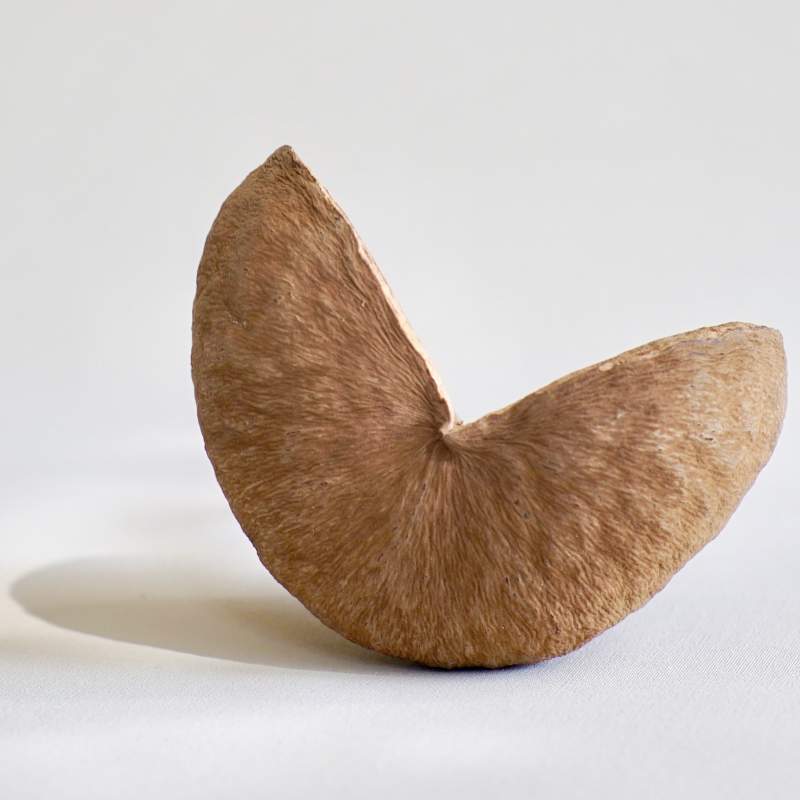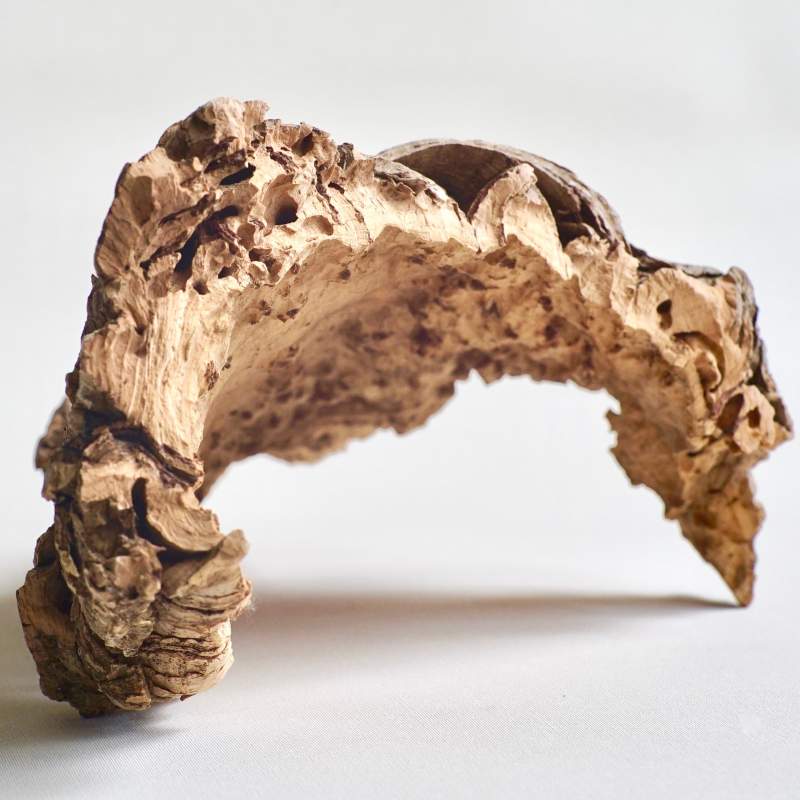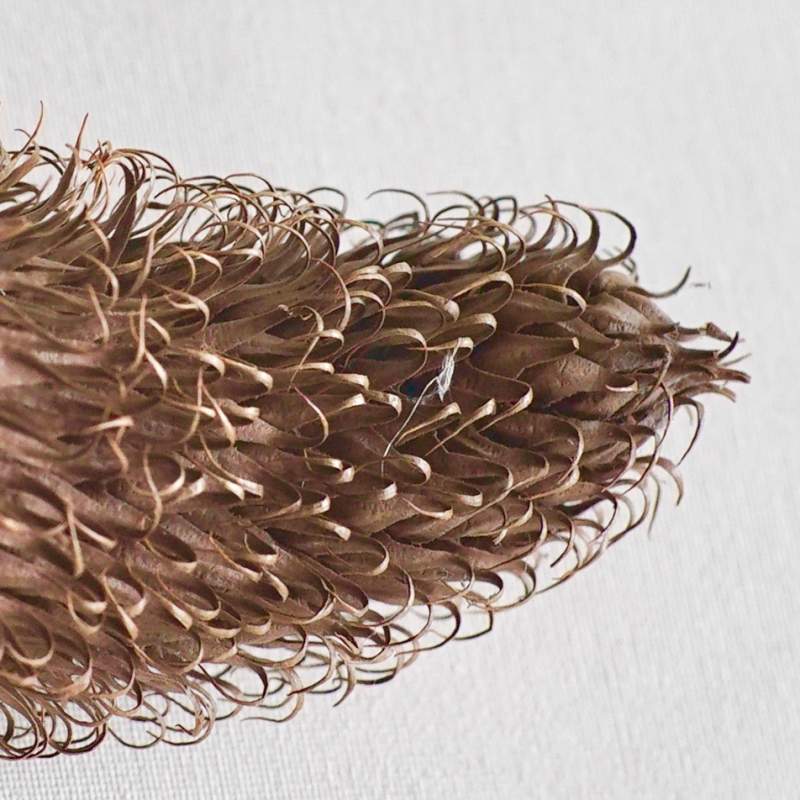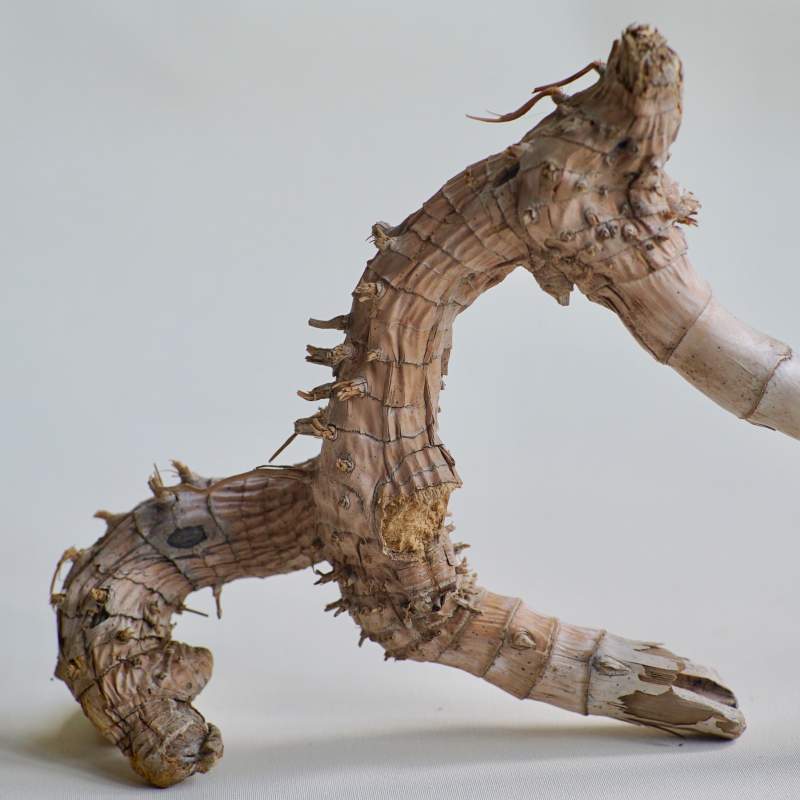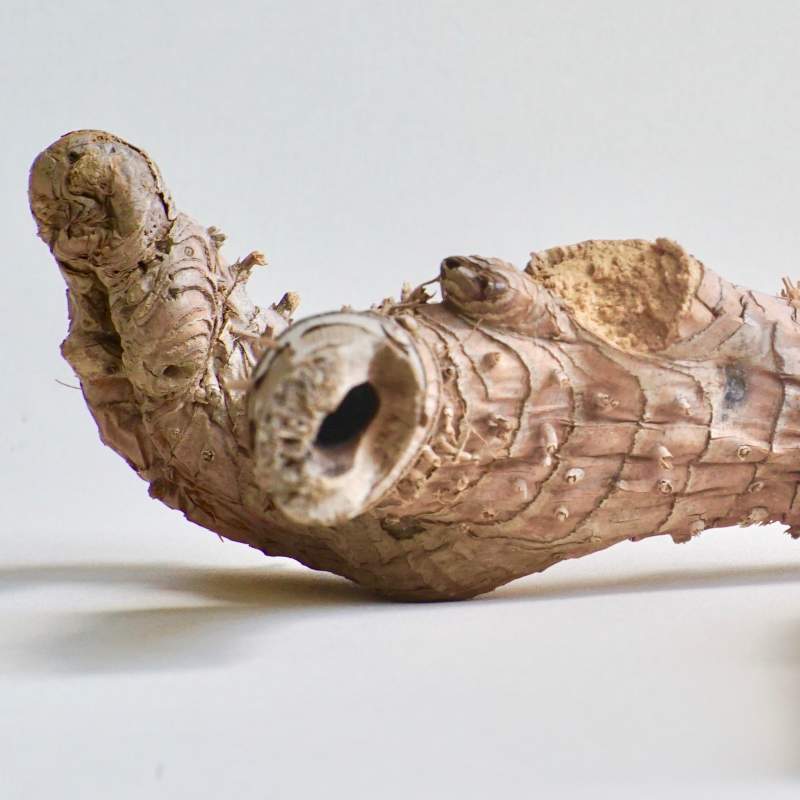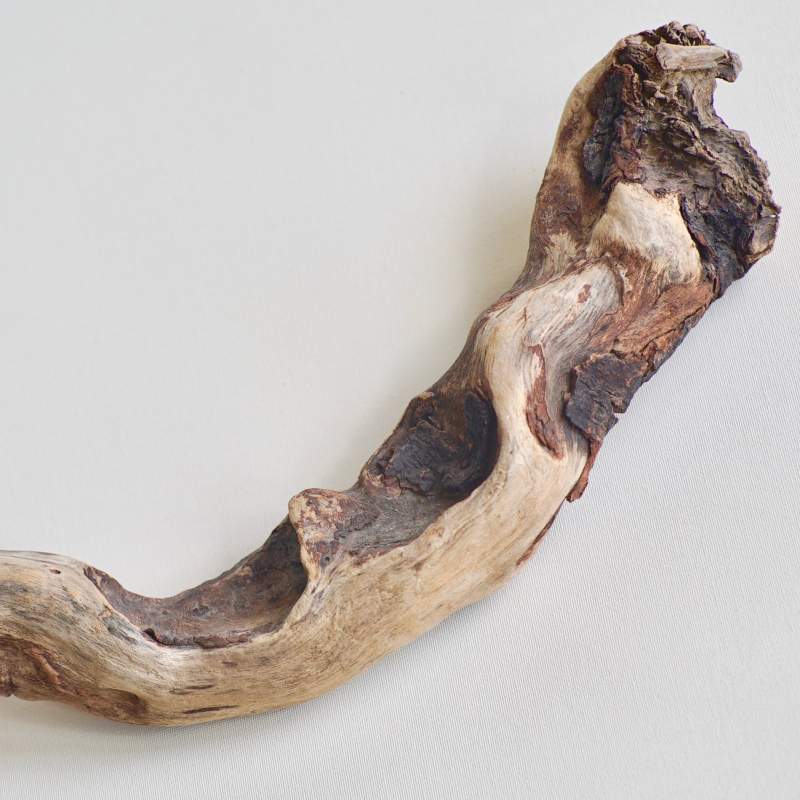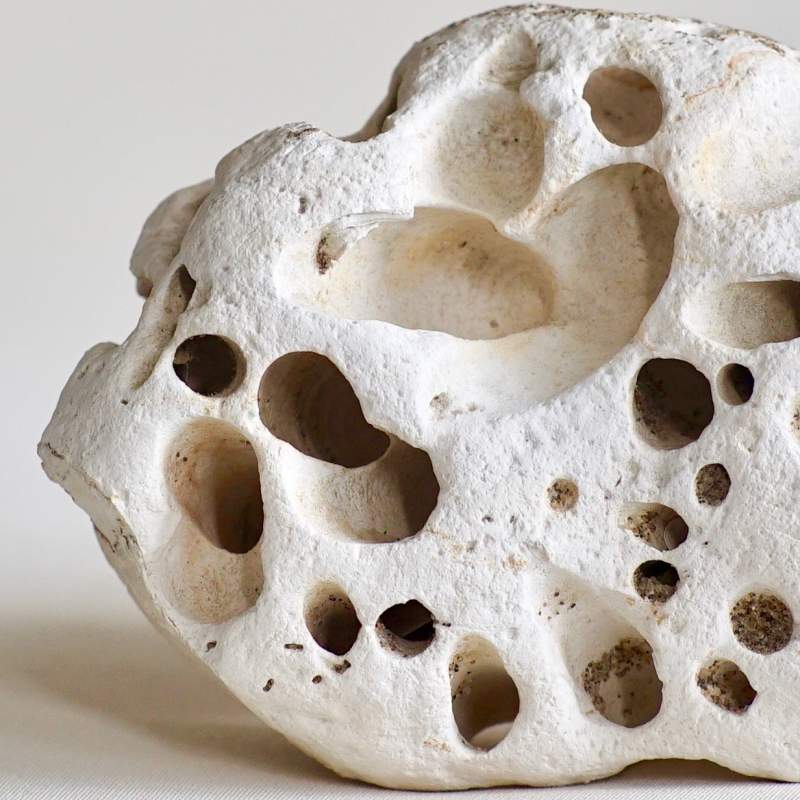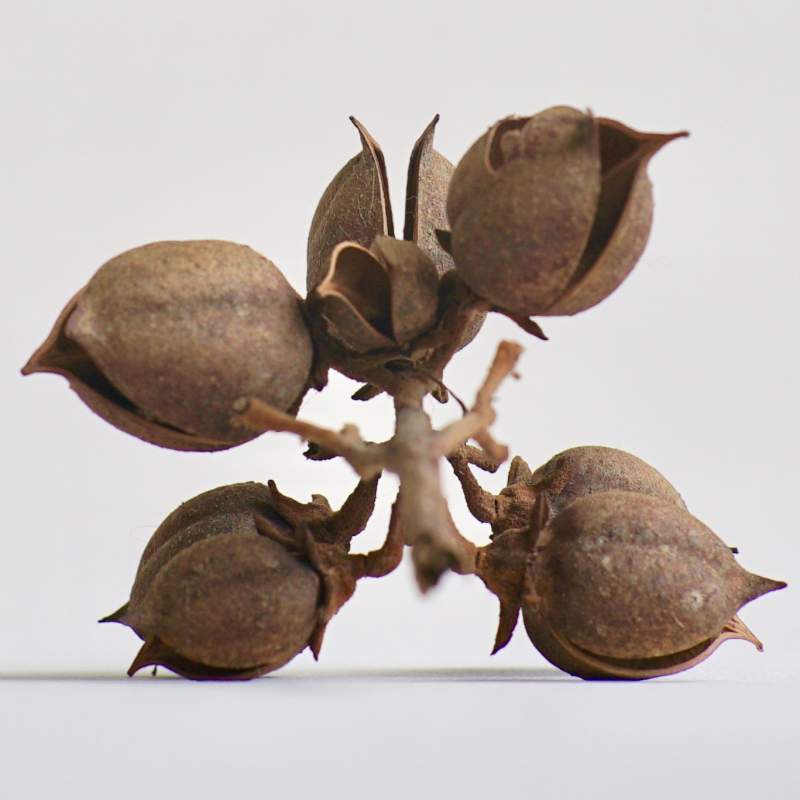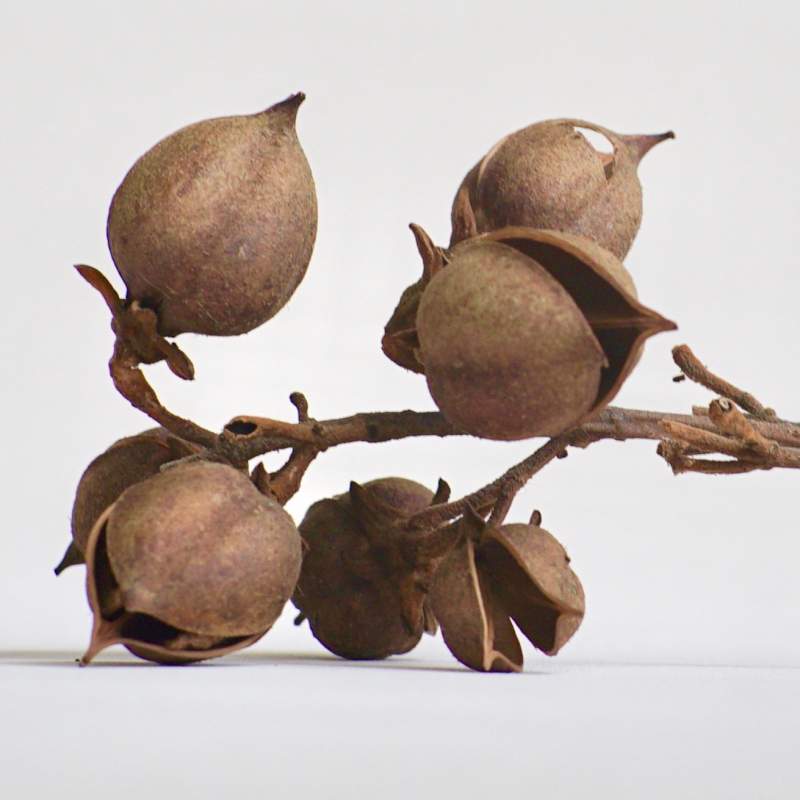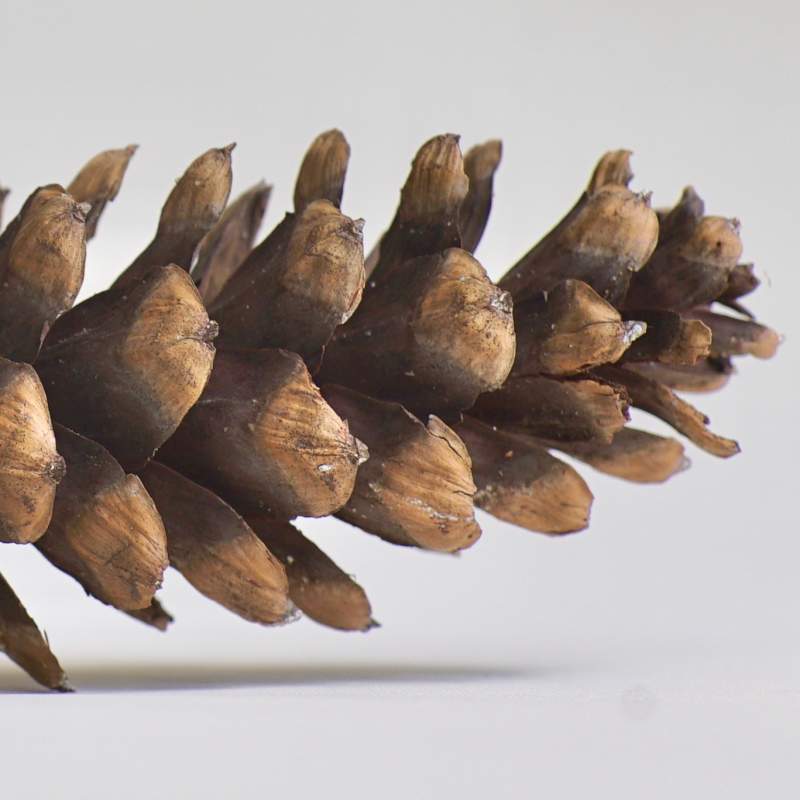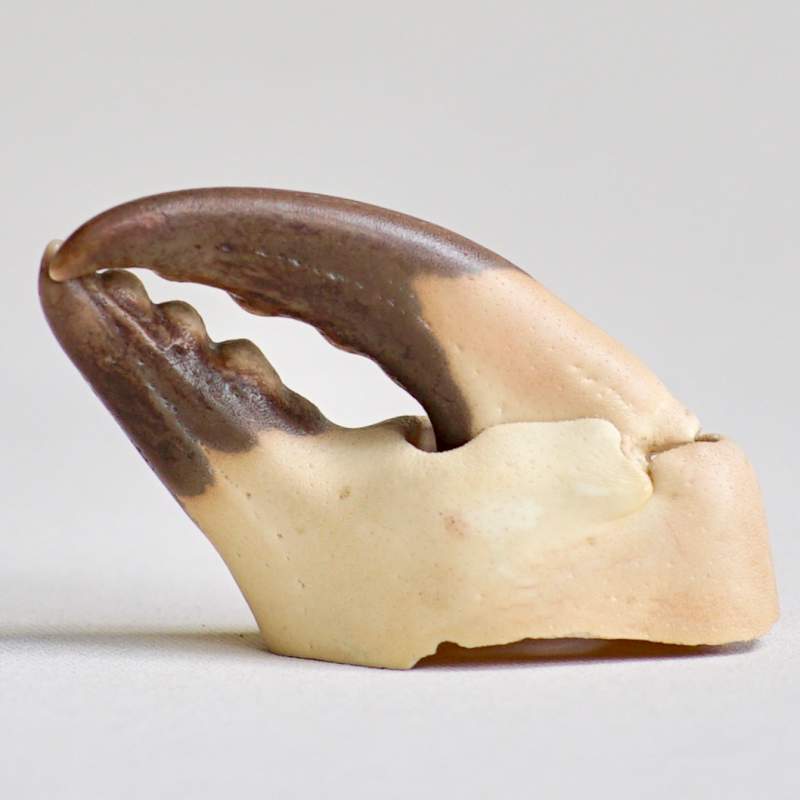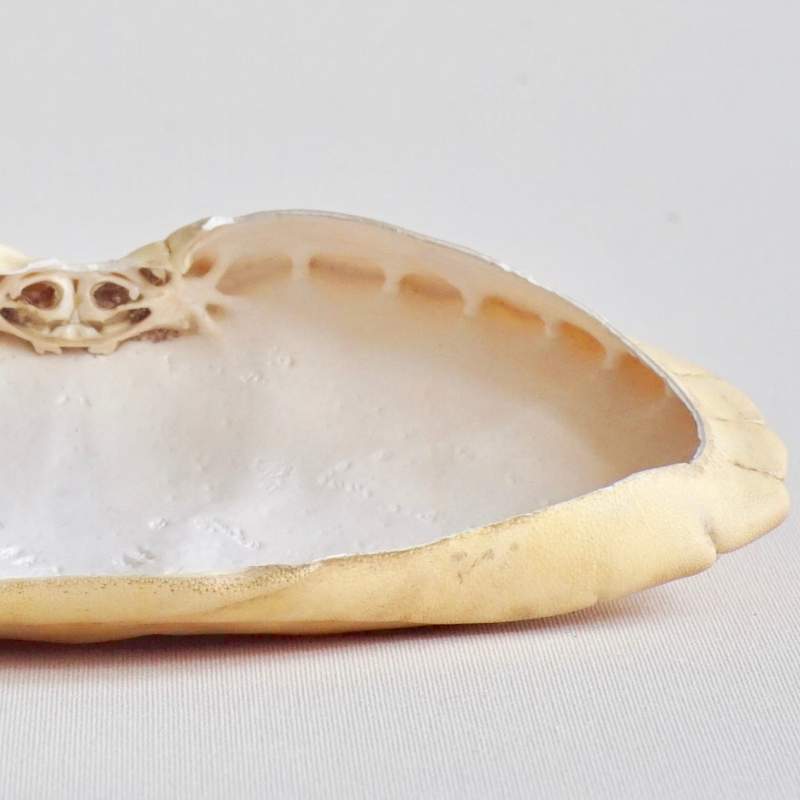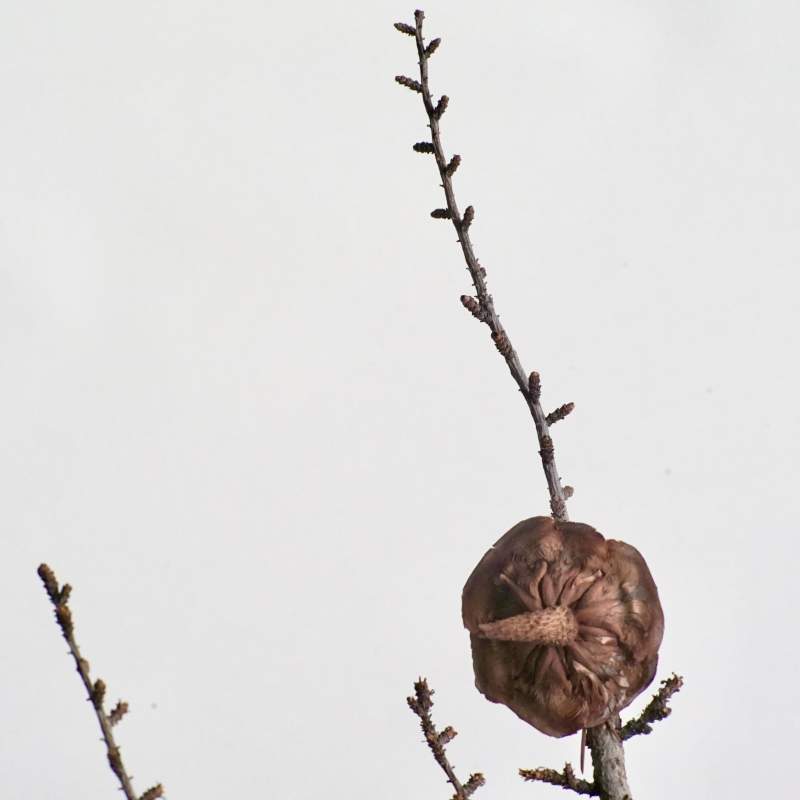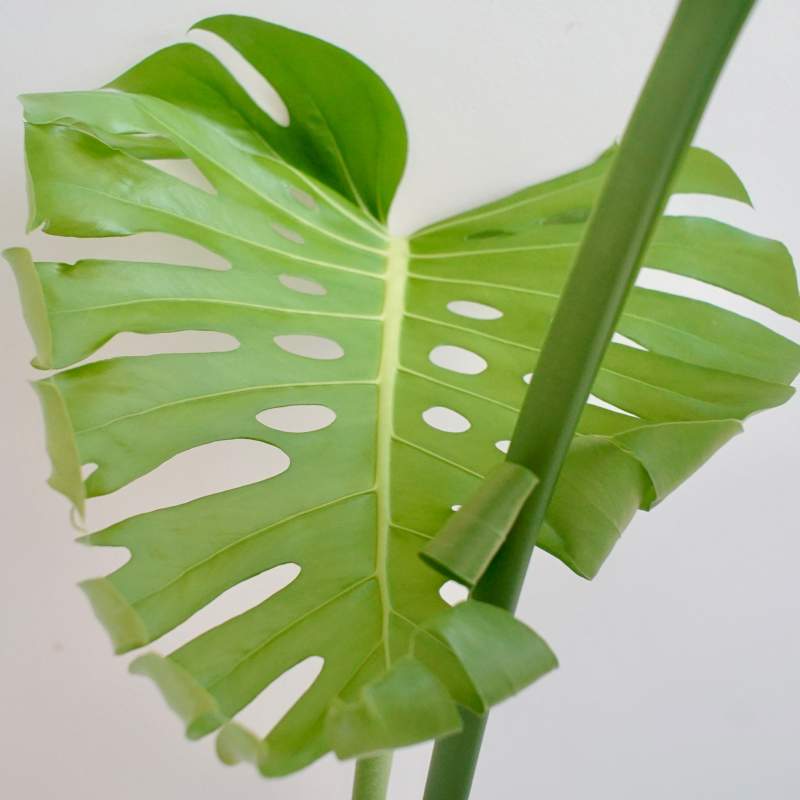Quercus robur
The bark of this European Oak has been the home of an invertebrate, possibly a bark beetle (family Scolytidae). More-or-less horizontal channels have been hollowed out whilst digested material has been left in the finer vertical pathways. These invertebrates would also have been a source of food for birds such as the crested tit (Parus cristatus) and treecreeper (Certhia familiaris).
The geometries of the two types of channel seem random at first glance but have some clear ordering principles. They are fairly evenly spaced and avoid overlapping with one another. The finer channels tend to be sinuous and meandering whilst the wider ones are straighter and more angular. Most curiously of all, the wider channels seem to often repeat an “r” shaped motif as the insect changes course from a short, curved section to a longer straight section. Exit holes often occur at these junctions suggesting that perhaps the two sides of the wider burrow serve different purposes. The straight part may be for feeding whilst perhaps the curved part is a place to rest or lay eggs.




